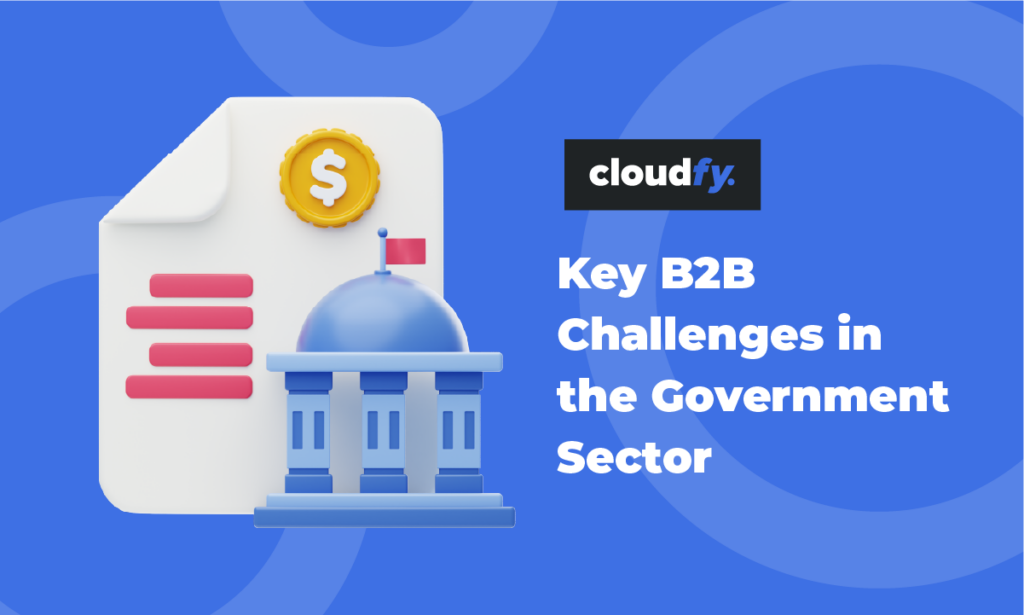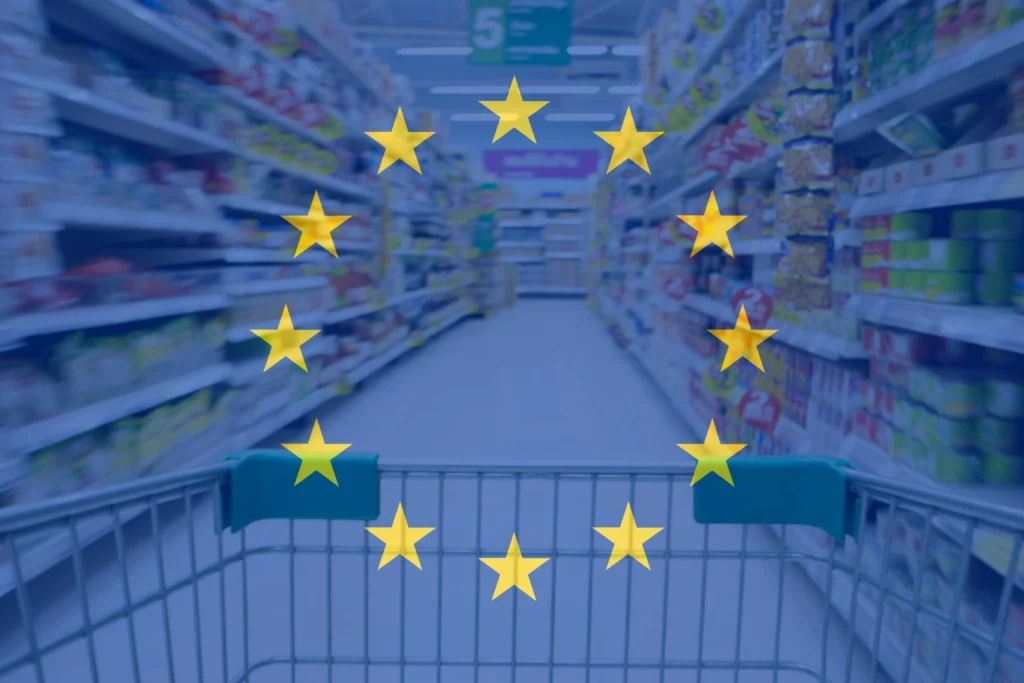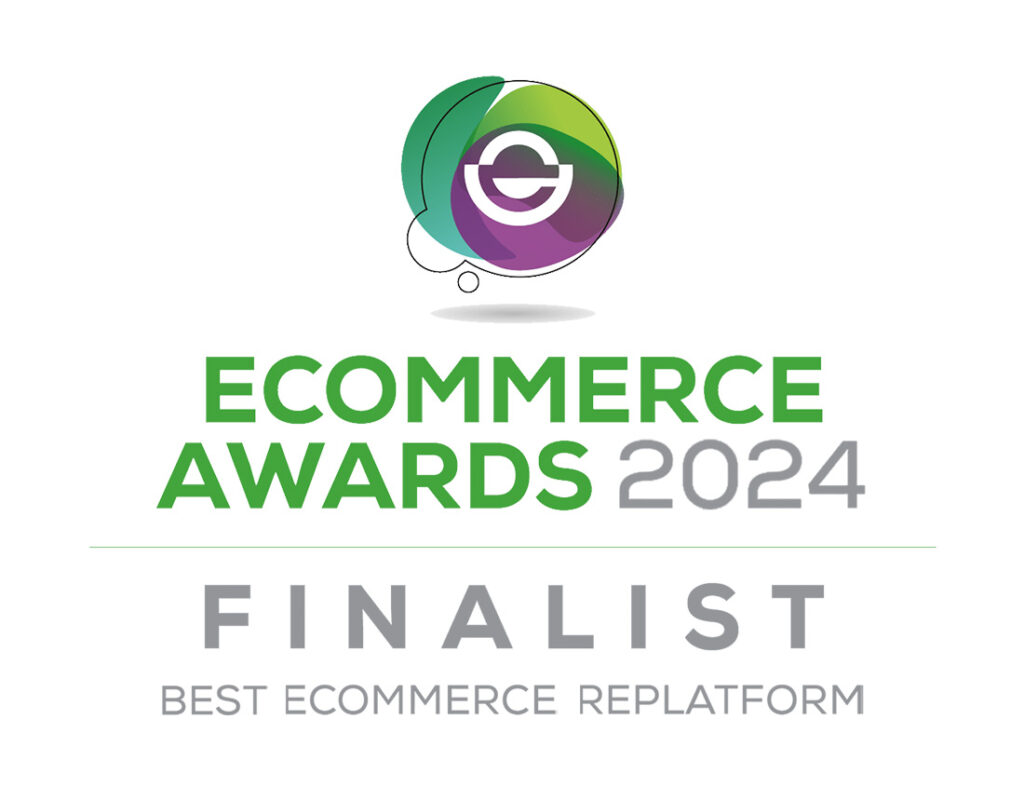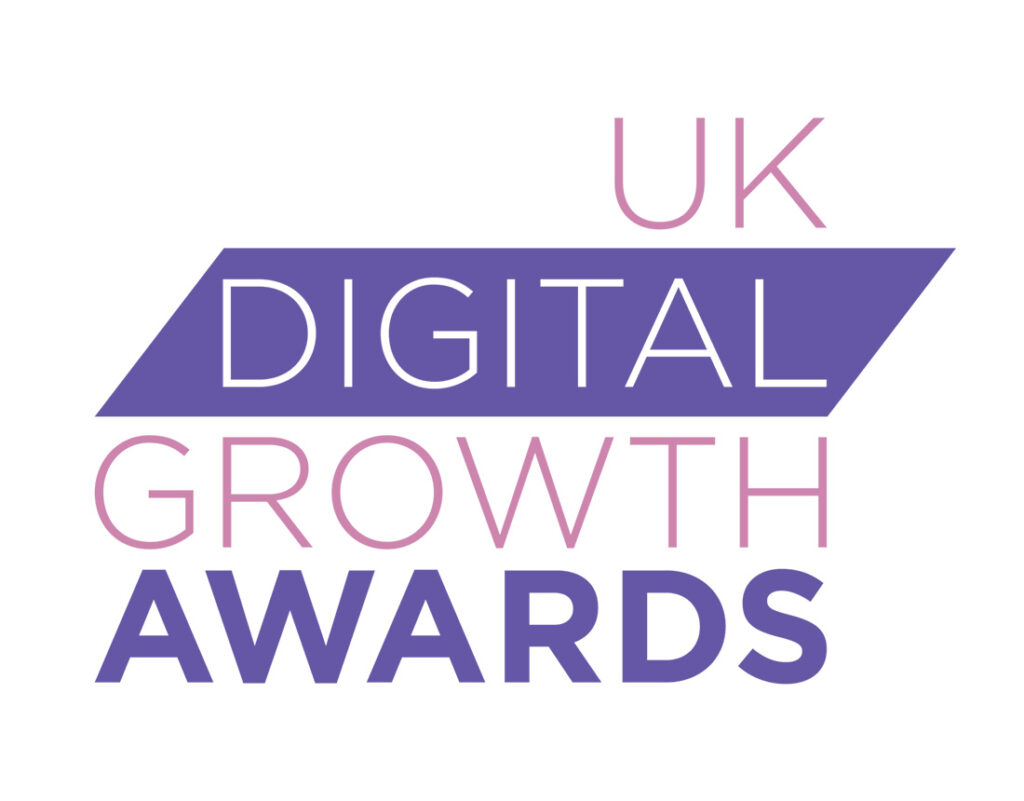In Germany, just like other countries, business to business (B2B) ecommerce companies must follow where online shopping leads. To meet buyer expectations, they must deliver ease of use, excellent customer experiences and personalization.
About 60% of Germans have already ordered something on the internet and one in three places several orders online each week.
Some German B2B ecommerce facts:
- Germany has dropped in the World Bank’s Ease of Doing Business Index
- in the Logistics Performance Index Germany continues to be the top performer amongst high income countries
- 75% of German companies use ecommerce (mainly electronic data interchange [EDI]) for procurement
- Paypal is one of the most favored payment methods in Germany
- online buyers in Germany prefer to choose the place for delivery rather than the time
- desktop and laptop PCs are preferred for cross-border online buying
- in 2018 there were 57 million smartphone users and, by 2022, almost 65 million people in Germany are expected to be smart phone owners
- ecommerce continues to grow in Germany and almost half of the online revenue is through market-leading Amazon.
How ecommerce is changing B2B sales in Germany
Germany is the biggest online and offline economy in Europe. It was estimated that over half of Germany’s gross domestic product (GDP) was ecommerce-related in 2017, compared to 37 % in 2012. Total ecommerce sales are expected to amount to over €100billion this year.
Including EDI transactions, B2B online purchasing in 2018 amounted to €1.3trillion. The growth rate of B2B ecommerce is estimated to be around 20% per annum, with turnover growing at two to three times the rate of business to consumer (B2C) ecommerce.
The B2B buying environment in Germany is changing; buyers want faster, value-added online experiences. A poor customer journey can easily mean they will do business somewhere else.
Buyers expect a personalized experience tailored to the needs of different accounts and users. They want to be able to do business using desktop computers, laptops, and mobile devices. They are looking for accurate product, pricing and availability information across all sales channels.
Increasingly buyers expect to see tailored catalogs with their own pricing, discounts and special promotions. Time is precious, so bulk and repeat ordering needs to be streamlined and simple with easy payment and delivery options.
Customers today expect a perfectly connected buying experience with seamless transitions between online and offline channels.
B2B marketplaces
Regionally the number of online marketplaces in Germany, Austria and Switzerland (DACH) has increased in the past five years from 81 in 2015, to 173 this year. This makes them an important consideration for B2B ecommerce companies wanting to access the German market.
There are two major marketplaces in Germany; Amazon, and the German-founded Otto have half of the market. In 2019 Otto claimed 7.5million active customers and sales of €3.5billion, almost two-thirds of which were via mobile and tablet devices.
France’s B2B marketplace, Ankorstore, announced its launch in Germany in March this year. This is the fourth European market for the newcomer, founded in 2019, which already has a presence in Spain and Belgium.
The company says it wants to help European manufacturers to compete online, delivering a B2C experience. Their goal in Germany alone is over 800,000 businesses, offering them access to thousands of brands and a 60-day payment option. They also plan to offer a low minimum order value, allowing buyers to test products before ordering in bulk.
Shopify sellers in Germany can now set up and sell their products directly on eBay from their Shopify account, allowing them to post and share their products on eBay.de, which has over 18 million users across the country.
Payment options
One of the most popular B2B payment methods in Germany is by invoice. According to a study by ibi Research GmbH, purchase cancellation rates can decrease by 79% when a buyer is offered a ‘purchase on invoice’ option along with other payment types.
InfinitePay supports online transactions between businesses, especially against invoice. Customers pay their invoice within agreed payment terms after they receive their order. If buyers don’t honor their payment, InfinitePay takes over the debt, giving merchants extra financial security.
Wirecard, is an alternative payment processing system for B2B online selling in Germany. It allows B2B buyers to pay securely with a credit or debit card, via electronic debiting or online bank transfer, PayPal, or using the prepayment option.
Shipping
DPD Germany has 77 depots and 6,000 pickup and drop-off points throughout Germany, making it the second-largest international delivery network in Europe, shipping over 350 million parcels each year.
DPD’s reputation as a reliable transport operator makes its industry-specific shipping solutions very attractive to B2B companies. Integration with DPD allows customers to create parcel labels, track shipments, arrange returns and choose the most convenient pickup location.
Later this year, DHL will launch Live-Tracking in Germany allowing addressees to check their DHL parcels on DHL.de or using an app in almost real time. 60- to 90-minute delivery time windows and a countdown with the number of remaining delivery stops will be provided, along with the facility to check the position of their delivery vehicle on Google maps. They can also receive a notification 15 minutes before the shipment is delivered.
German VAT regulations
A VAT number can be used as an enterprise tax identifier for EU countries, outlining the specific tax rate European buyers are charged.
Businesses can check if their client’s company is registered to trade cross-border within the EU via a VAT Information Exchange System (VIES).
Goods from a registered business in a member state sold to a business in another member state are zero-rated. So, for example, a business based in Germany selling to a French customer can declare the transaction as an intra-EU despatch of goods.
In addition, B2B businesses from member states must record all the goods sold to the EU country on their VAT return, complete an EC sales list and a declaration of the value of goods.
Effective integration with back-office systems can streamline and automate this process to improve efficiency, accuracy and compliance.
An international solution
Cloudfy is a leading B2B ecommerce platform that already powers manufacturing, wholesale, import and distribution businesses around the world. It’s a simple, out of the box solution that allows you to start trading online quickly with all the essential B2B ecommerce tools you’ll need.
Talk to one of our experts to find out how Cloudfy can help you to access the growing B2B ecommerce market in Germany.






